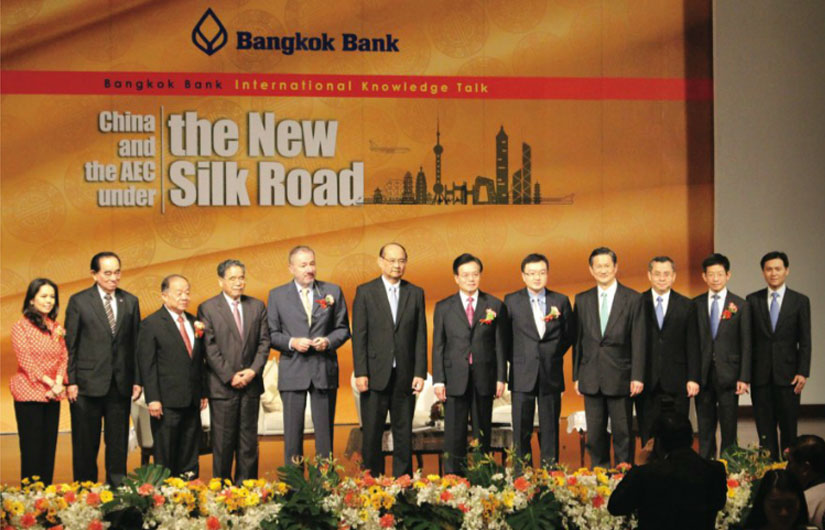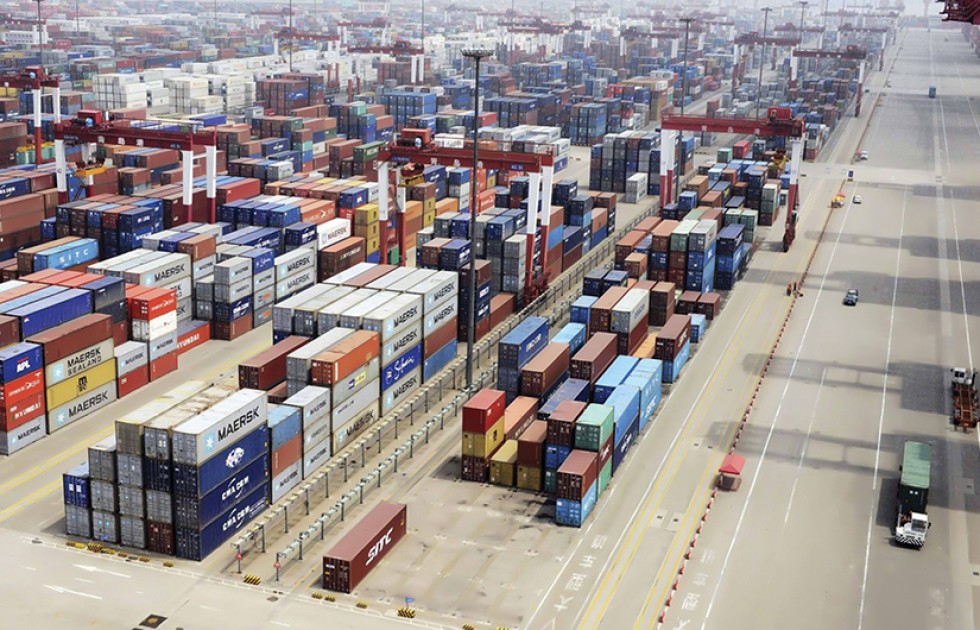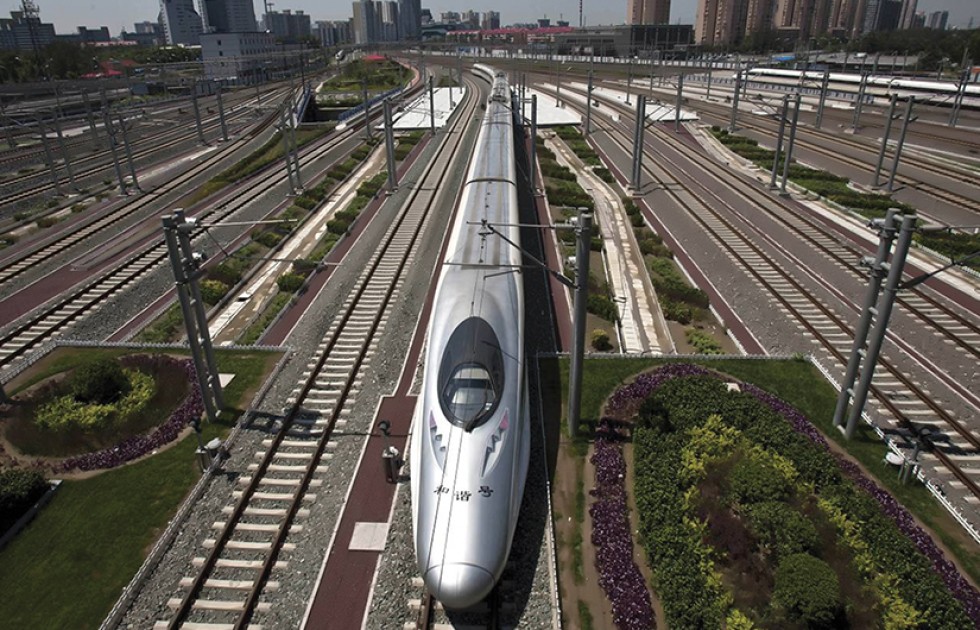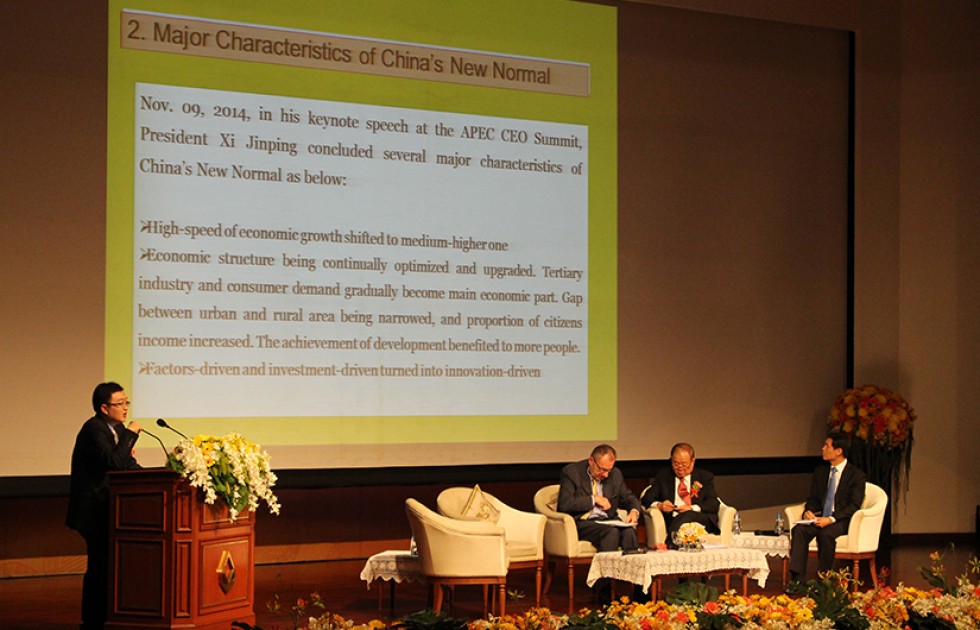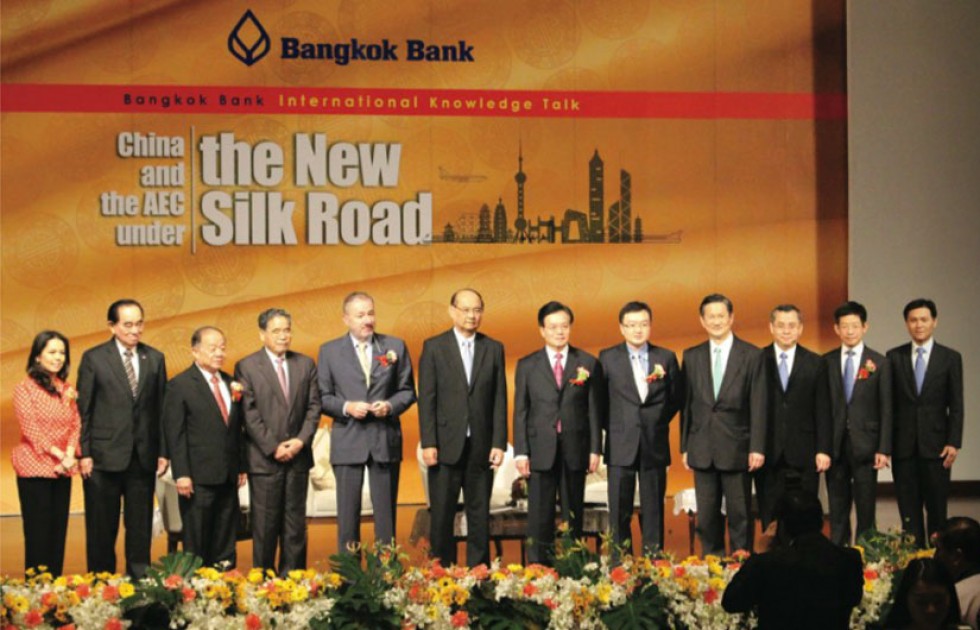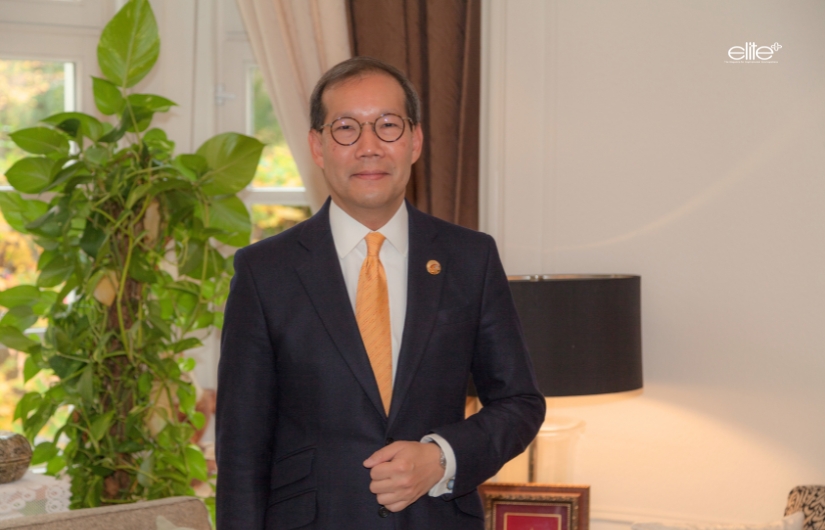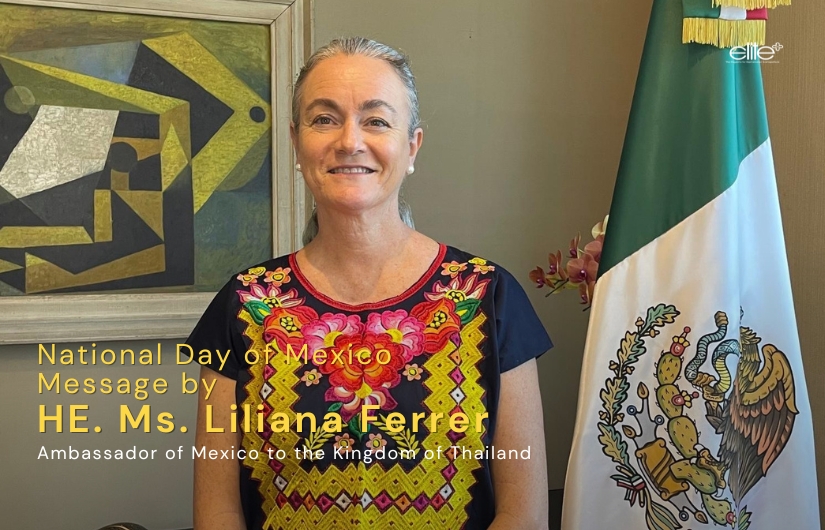New international soft-power policies are an example of Beijing’s adaptation to domestic industrialization and slowing growth, potentially leading to closer financial and diplomatic ties with the AEC and greater reciprocal investment
China’s economy may have slowed over the past few years, but the planned Sino-Thai railway, a joint mega-project to be built under the New Silk Road initiative, demonstrates Beijing’s continued interest in regional investment. And Thai entrepreneurs are likewise taking a closer look at the new trade and investment opportunities.
Diplomats, economists and scholars were invited to discuss China’s changing policies at “International Knowledge Talk V: China and AEC under the New Silk Road”, at the Bangkok Bank head office in February. Under scrutiny was the new era of the Chinese economy and Beijing’s international soft-power strategies, especially with regard to the ASEAN Economic Community (AEC).
Ning Fukui, ambassador of China to Thailand, explained that China is the first business partner of over 120 countries and counts ASEAN as a key partner. Recent trade volume is worth US$480 billion, a five-fold increase over the past 10 years, and a target of $1 trillion has been set for overall trade by 2020. Many large investment projects are needed to reach this goal, and those related to the New Silk Road will play a crucial role in strengthening economic cooperation between China and the AEC.
“Such as with the recently inaugurated high-speed railway project, set to be the longest in the world, China has great potential to cooperate in infrastructure development, including highways and railroads, in order to connect China with ASEAN,” Ambassador Ning said. “With our experience and technology, we are also capable of helping improve maritime transport and fibre-optic telecommunications for the people of the AEC.”
Infrastructure is key to boosting economic growth in the region, as it will facilitate collaboration on other aspects of development, and Thailand has the potential of becoming the infrastructural hub of the AEC.
“The Sino-Thai rail link is the primary project of our cooperative infrastructure development,” said Ambassador Ning. “There is a good possibility of finalizing the project this year, depending on factors such as cooperation, investment and research on railway effects, which must be prepared well in advance. China is willing to contribute its best service and technology to support the railway’s construction.”
The Sino-Thai rail link is a joint project to help connect China with destinations throughout the New Silk Road trade route. Associate Professor Aksornsri Phanishsarn, director of the Thai-Chinese Strategic Research Centre (TCRC), illustrated the plan by drawing the proposed routes.
“The term ‘yi-dai-yi-lu’, which means ‘one belt, one road’, is common in China to refer to the New Silk Road policy,” Assoc Prof Aksornsri said. “It was designed to help connect China with Western countries by crossing over central and western Asia.” The New Silk Road will cover both terrestrial and maritime routes. The former will run from Xi’an in central China and stretch west to Kazakhstan, Iran, Turkey and Western Europe, terminating in Venice, Italy. The maritime Silk Road will begin at Quanzhou in Fujian province and run south through Guangzhou in Guangdong province and the Strait of Malacca in Malaysia, then extend to India, the Middle-East and parts of Africa before likewise ending in Venice. Due to its location, the AEC is expected to be part of the maritime Silk Road.
This should be seen as an opportunity rather than a threat, Assoc Prof Aksornsri said. The Silk Road strategy could be called an example of “soft-power diplomacy”.
“The term ‘Silk Road’ evokes an historical image of caravans exchanging merchandise along the journey from China to Europe,” she explained. “It conveys a positive image of diplomatic and comradely relations binding the world together. I admire the Chinese government for reviving the term in the modern era, since it fits well with the context of connectivity.”
She also emphasized the sincerity of its usage. “President Xi Jinping first mentioned the Silk Road scheme in Kazakhstan when he visited four central Asian countries in 2013. And later he would bring the ‘one belt, one road’ strategy to the discussion on every state visit.”
The intention to restore the Silk Road is also supported by the recent founding of the Asian Infrastructure Investment Bank (AIIB). “The concept was initiated to provide financial resources for infrastructure construction that other financial institutions such as the World Bank or International Monetary Fund were not able to. Recently, 26 countries including Thailand signed a bill to participate in the AIIB, and China has pledged almost $50 billion.”
The New Silk Road initiative is also brought forward through domestic policies and was on the national agenda during an annual meeting of the National Congress of the Communist Party of China. Provincial governments are preparing for the plans.
The AIIB and other funds proposed by the Chinese government differentiate China’s new strategy from past ones, Assoc Prof Aksornsri said, as they show China’s ability to support and propel global economic development. “I would say the Silk Road in the 21st century is a new model of Chinese economic policy. President Xi Jinping pushed the project forward, and the proposed regional integration conveys significant meaning for China’s political power. This project is multi-dimensional, not limited to a single subject such as the rail project or free trade agreements. This emphasizes that China’s leadership role is becoming increasingly influential around the world.”
Some might contend that the deceleration of China’s economic growth will make such an expanded role more difficult. Li Zhipeng, a senior official at China’s Ministry of Commerce, explained the new policies by introducing the expression “China’s new normal”.
“China’s new normal model was introduced by President Xi Jinping at an international business conference in November 2014,” Mr. Li said. “Originally the term was used by an economist, who described the ‘new normal’ as an undesirable and painful recovery state after a crisis in the economy. The president redefined the term as the shift in Chinese economic growth from high to medium speed.”
According to data from China’s National Bureau of Statistics, China’s economic growth decreased from 11.6% in 2003-2007 to 9.6% in 2008-2011, while the rate from the first three quarters of 2014 hit 7.4%, the lowest point since 1990. The statistics indicate that Chinese economic growth has reached its saturation point due to changes in demographics, increases in labour costs and a decline in investment.
Mr. Li pointed out that lower GDP growth was unavoidable and also happened to Japan and South Korea after their peaks. China’s new normal is a strategic adaptation to changes in the country’s economy, meant to ensure continued steady and sustainable economic development.
“While domestic infrastructure has been almost completely developed, the New Silk Road initiative to link 63% of the world’s population will give China new opportunities to invest and to penetrate new markets,” Mr Li said. “Moreover, the production supply has exceeded domestic demand. The mobile phone company Huawei is an example of a Chinese enterprise that started seeking more business opportunities outside the country.”
After being castigated by international green organizations, the Chinese government has also started to look into more eco-friendly measures for the new era of development. The income gap between suburban and rural populations is also being reduced. Certain bills were amended to encourage greater foreign investment in China.
Thai entrepreneurs exploring business prospects should focus on the changing demands of Chinese consumers, he said. Due to the rapid economic expansion of the past, the new generation has greater purchasing power and is willing to spend more on modern and recreational products. The industrial structure has shifted from traditional low-cost labour and mass production to tertiary industries such as tourism and hospitality. As the New Silk Road policies are also on the domestic agenda, the relevant provinces are already preparing for increased investment.
“Several provinces that are gateways to the Silk Road initiative might be appealing options for investing in China,” Mr Li suggested. “It can be somewhere to the west, such as Henan, Shaanxi, Gansu, Qinghai and Ningxia, or in the east like Jiangsu, Zhejiang, Fujian and Guangdong.”
China’s new normal will likely mean a more outward focus and greater opportunities for Southeast Asia.


